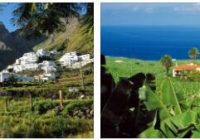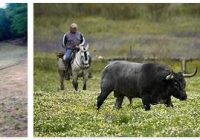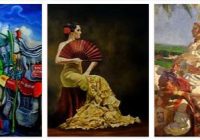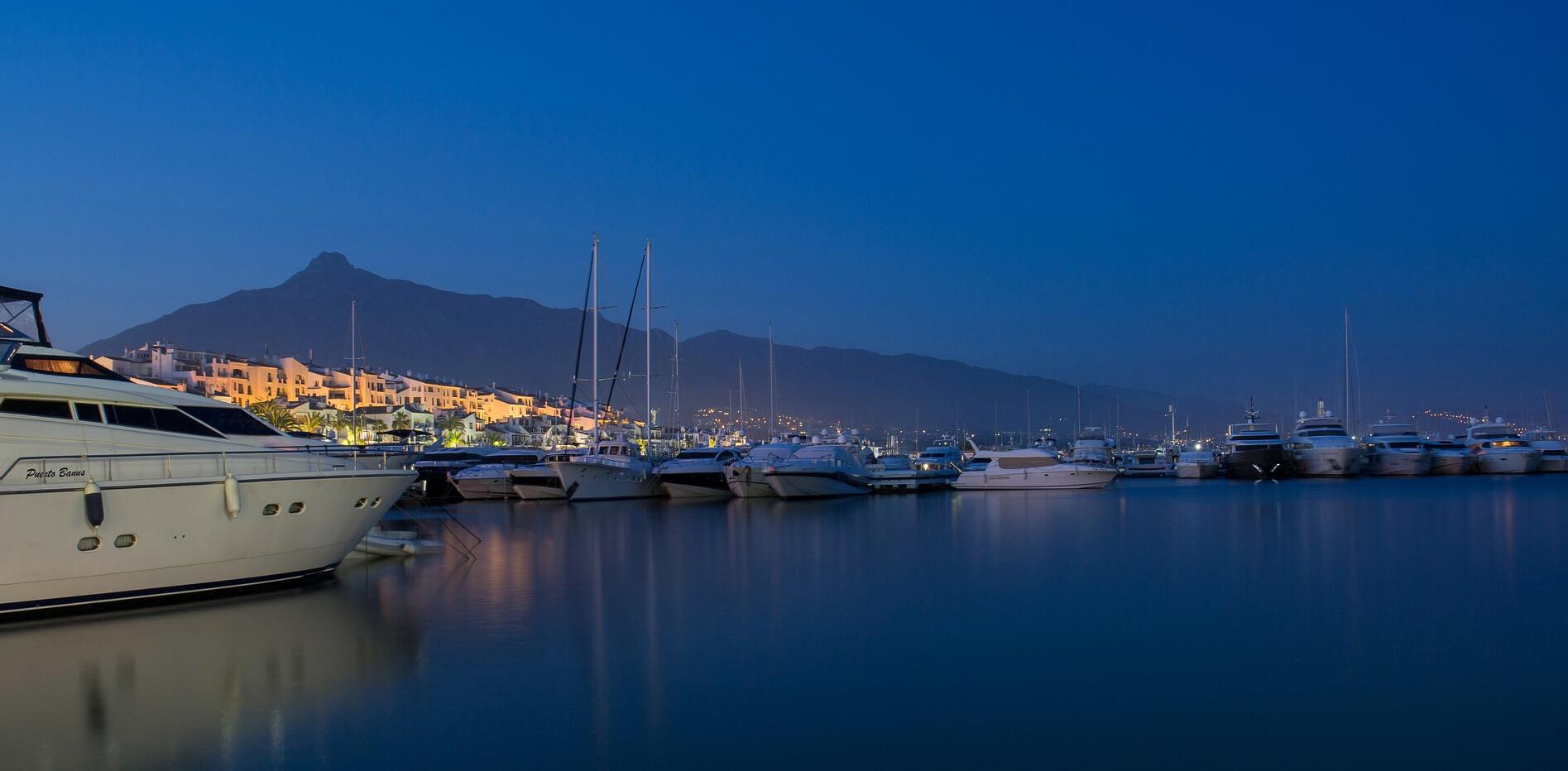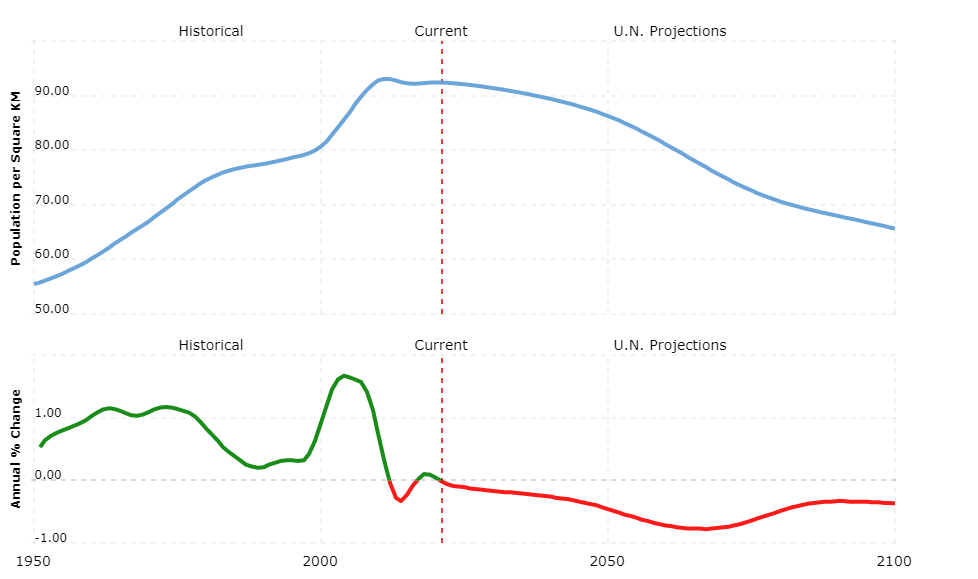Zoos and Amusement Parks in Canary Islands, Spain
EXCURSIONS The Canary Islands offer a whole range of excursions for every taste: trips to the national parks of the archipelago, where you can see volcanoes, endemic flora and fauna, excursions to ancient cities with colonial architecture and archaeological complexes, reminiscent of the indigenous inhabitants of the islands – the Guanache tribes, and a wide… Read More »
